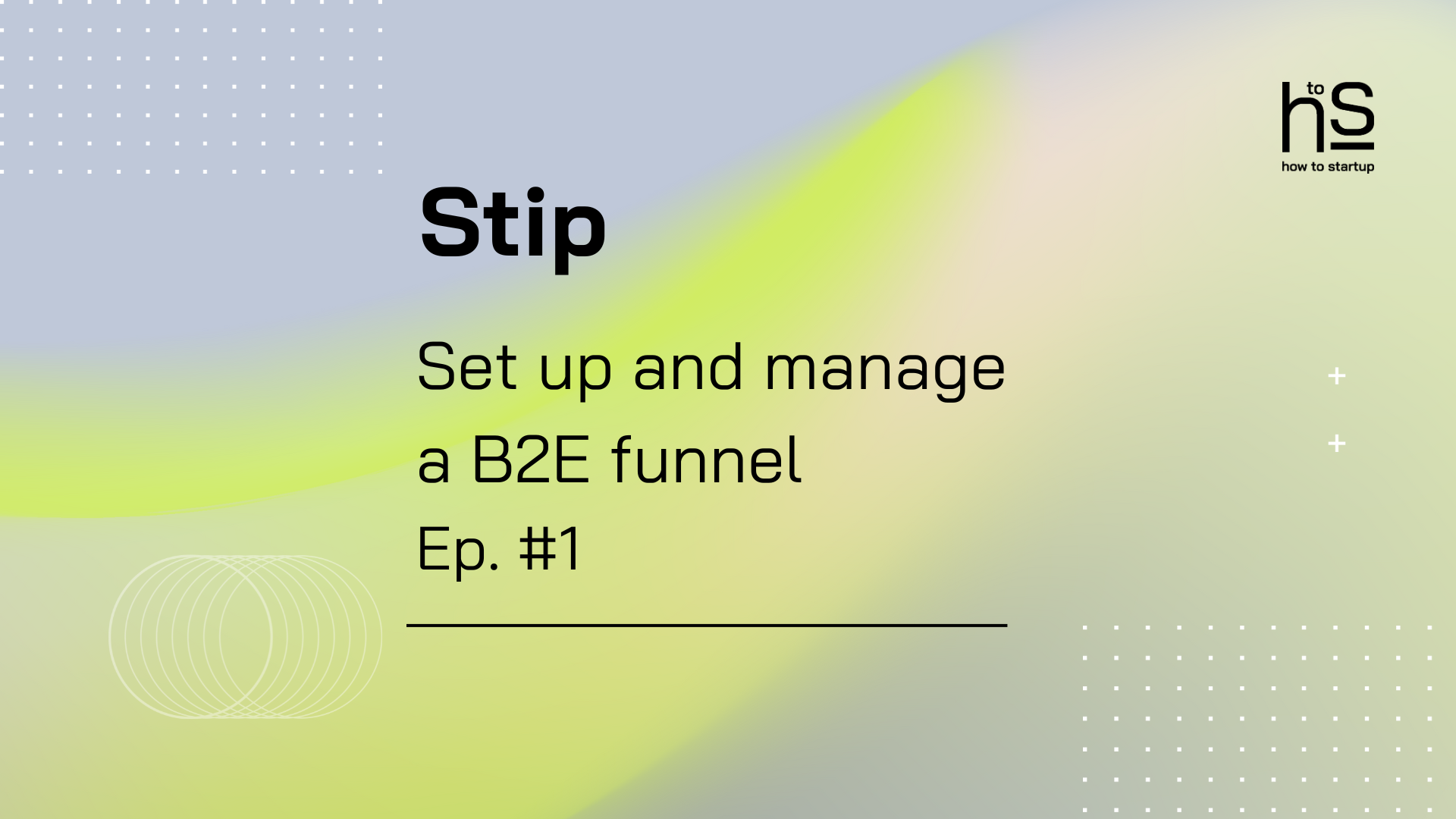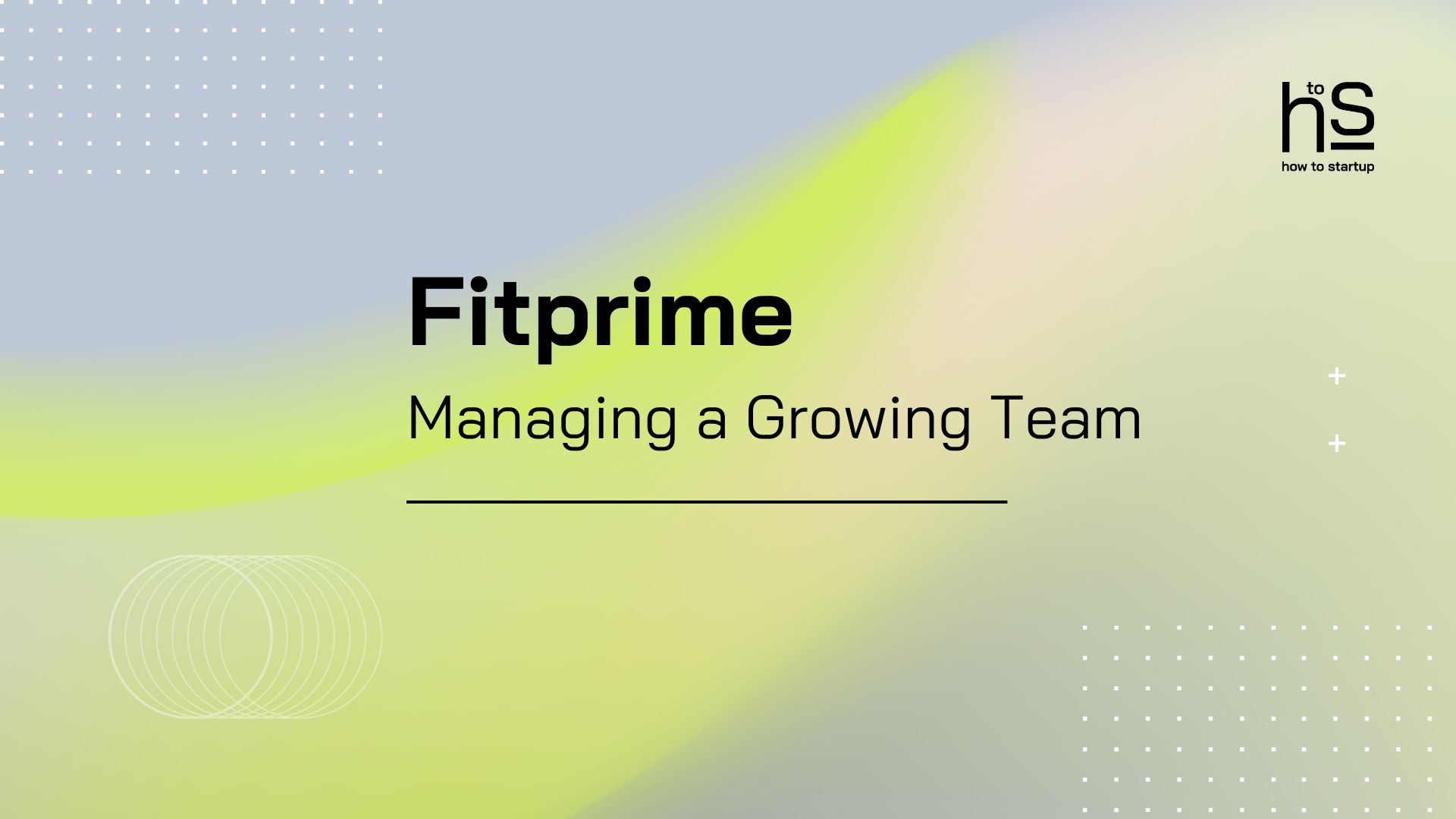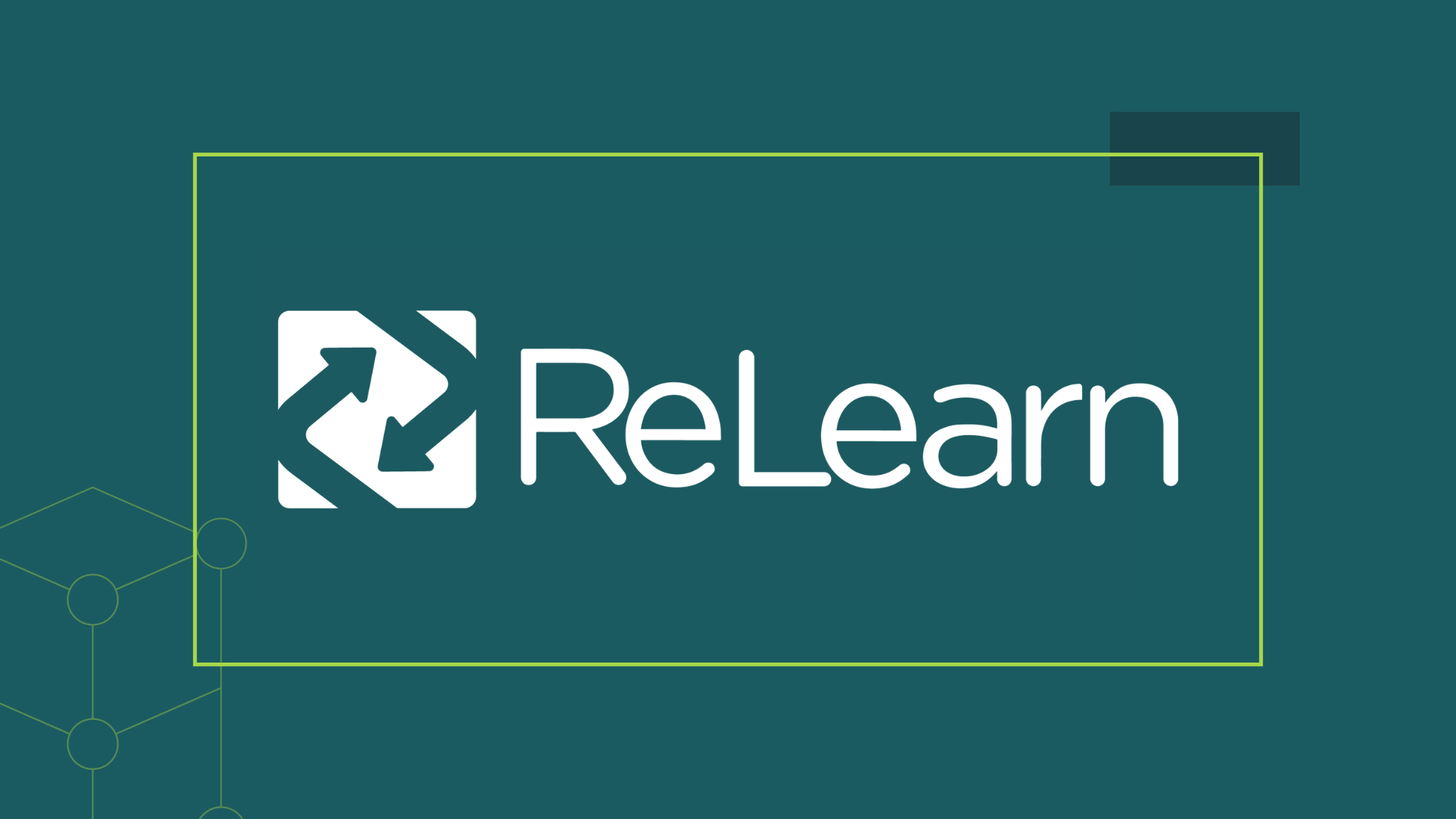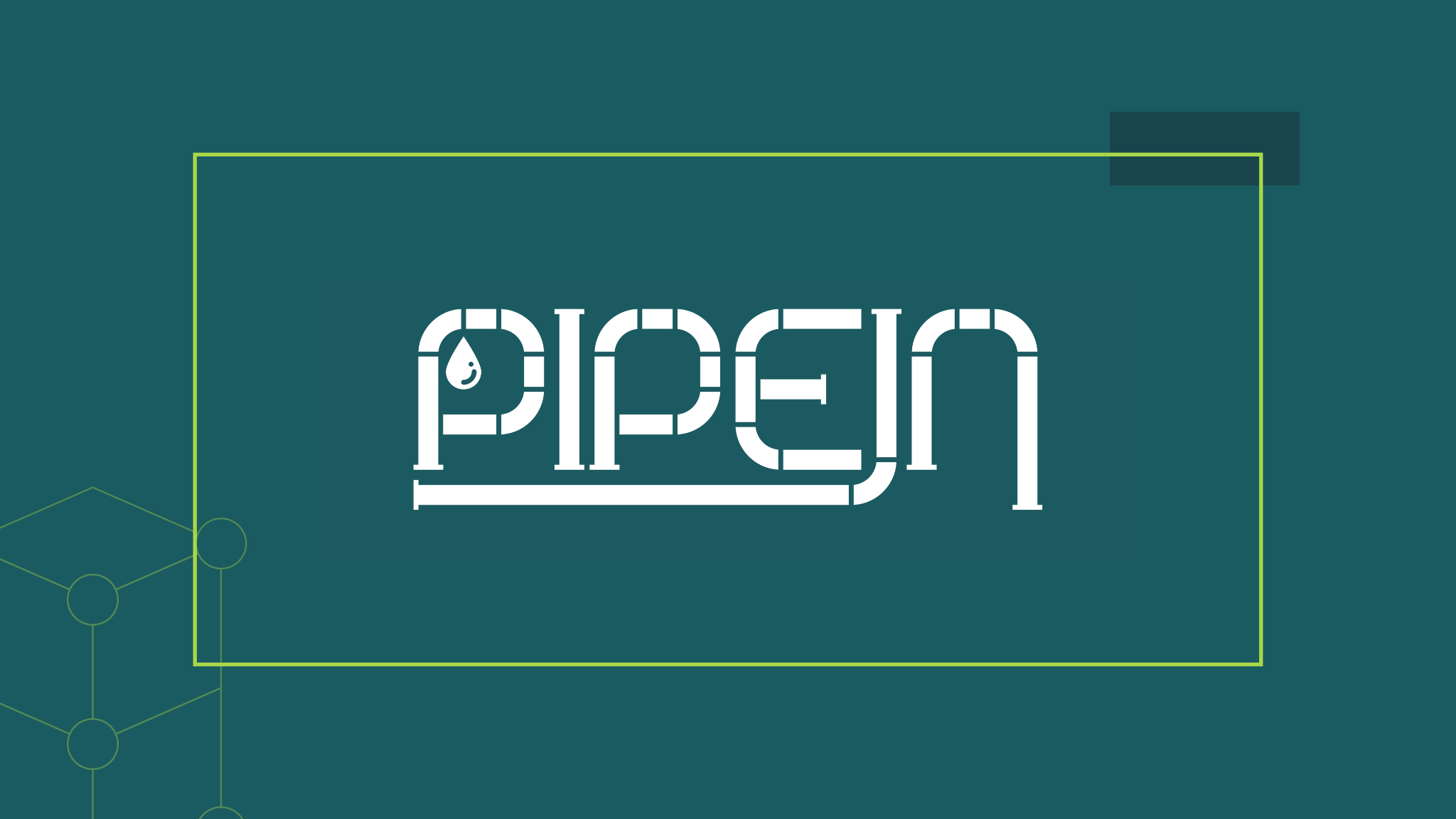B2B is certainly not an easy playing field for a startup. When then the B of “Business” refers to “Enterprise,” complex organizations with multiple decision-makers, involving cross-departmental budgets…the challenge is even more complicated. How then is this game played? We inaugurate this first round of #howtostartUP by covering the topic of B2E “funnel” by talking about it with Stip.
Stip is a B2E platform and startup accelerated by LVenture Group and SkyDeck Berkley. Thanks to proprietary artificial intelligence, Stip implements “tailor-made” solutions for every customer discovery need, speeding up and streamlining customer management and service processes. Ultimately, Stip’s AI enables large companies to truly take care of their customers. We asked Edoardo Vallebella and Alice Felci, CEO and CMO, how they built their B2E (Business To Enterprise) funnel, what actions, strategies, and experiences led Stip to engage corporates such as CA Auto Bank, Lavazza, Bricocenter, and many others.
How do you catch companies’ potential needs?
Edoardo: This is quite simple for us. We start with the assumption that all large B2C companies have a customer service management problem. The choice of which corporates to reach out to and which specific channel to deploy for our commercial effort relies upon an analysis of the customer: do they already have a chatbot? On social, how are they positioned? From this first analysis we start with customer discovery directly within the first call with the customer: where are the interactions, what are the main problems they experience and so forth. In large corporations, the need is so vast that delving into specific customer service issues is challenging. During the call, we start with as broad a deck as possible, and then target it during the discussion to the company’s individual needs.
What strategy do you use to make the customer understand the unique value of your solution?
Edoardo: We focus on two main elements:
1) Reminding the company of the problems they have in managing digital customer service, which, as mentioned, is often common to all B2C companies. Most importantly, given our experience, we remind them of the major ineffective solutions they may have adopted and why they don’t like them either, and we often hit the mark.
2) Starting from this point, we highlight the benefits of adopting Stip, reinforced by use cases and metrics from the brands that have chosen us. We propose a solution that does not involve a long-term stay but is a kind of “magic band-aid” that solves your problem in no time.
How do you manage your sales cycle?
Edoardo: We begin with the first call, the most important one. Except for special cases, we always seek to introduce a high-level and, as mentioned, all-encompassing deck that allows us all the shifts eventually needed. We allow ourselves plenty of room to change the focus during the conversation. In this way, we have a better chance of hitting the right buttons and convincing the speaker.
How much experience matters in this approach?
Edoardo: A lot of course. The crucial point, in a sale as in a pitch, is to identify what the audience is thinking. In a pitch, understanding what the audience is thinking and, as a result, modifying what you’re saying and how you’re saying it, changes the viewer’s approach to the conversation. The same for the buyer. That’s why, I always say, the pitch should not be memorized, just as a call with a prospective customer should not be 100 per cent preset. The skill of the salesperson is really to try to interpret what the other person is thinking.
Which tools do you apply to reach your target audience?
Edoardo: We began by experimenting. Initially, we tested automation, however, we noticed that through customized contact with the prospect, we are more effective and deliver more results. In the enterprise world, it is crucial to identify within each company, who is the role of the decision maker, and each company is different. Even more, within the same company, there may be different key people to intercept. Also, from our experience, we have noticed how crucial word-of-mouth among coworkers is.
Certainly, the biggest hurdle, when trying to intercept the B2E target, is identifying the initial strategy. When you master the internal mechanisms of the corporations, then the quality of the product makes the difference.
Alice: Regarding automation, we found that in the context of B2E, where there are several decision-makers, it is challenging to identify a specific buyer persona. Even if we choose the option to automate through LinkedIn, we have noticed that there is no getting away from the personalization of the first contact and a human approach, especially since during the first call we need to understand what the need is. From our experience, we have found that sending, as a first contact in B2E, standardized messages is a mistake, because the needs and the stakeholders are different.
In your opinion, is there any room for scalability regarding the B2E target’s first contact process?
Alice: In my opinion, you can scale the upselling process and the pattern to increase the number of customers. However, it is difficult to scale the first contact, as personalization and the human touch are factors that will remain decisive. Along with this, upselling within the company is also significant given the fact that Stip’s strength lies in its many features.
Edoardo: I agree. Also, I would add, that the direct experience and application of Stip by decision-makers, within their business realities, plays a decisive role, as it is transferable by them to other business contexts, acting as brand ambassadors themselves.
What is your strategy for engaging the right stakeholders in the company?
Edoardo: Identifying the right stakeholder, which can turn into a brand ambassador is tricky, but we have figured out, in our case, which departments have the right people to engage. Our scheme consists of contacting one person from each department, who we think might be the right stakeholder. In case they are not, the intercepted person directs us to the appropriate person to talk to. When we finally get to the right person, who has decision-making power over the implementation of Stip within the company, the process go smoothly and we can close the business deal.
We have also had more difficult cases. For example, it happened to intercept the implementation decision maker who, however, had to request budget approval from another division within the company. In these cases, we encountered more difficulties in preparing and reviewing the contract.
Alice: I would share another tip for startups beginning in B2B. One of the possible ways to engage is to make agreements with industry personalities who can convey the startup to business contact. In the first stage, one of the main problems is to gain credibility, so by making agreements and partnerships you can have a network of support and intermediaries, who with their name can bring authority and credibility to the startup.
CA Auto Bank, Lavazza, and Bricocenter are among your big customers. How does the sales cycle differ for each of the corporates?
Edoardo: The first big difference in the sales cycle is the urgency that you can intercept in the first call, listening to the needs of the interlocutor and avoiding stepping in with aggressive selling. Being able to intercept the customer, at the moment when the need proves to be extremely urgent, is the key to potentially closing deals within a month. In other cases, the sales cycle may take longer, due to internal company issues. For example, a common issue is a change in the professional role of the intercepted decision-maker, during the sales cycle. I highly recommend waiting for the first call to get an overview of the urgency of the prospect’s need.
Another fundamental and decisive concept is to value your startup and innovative solution, when approaching a large company commercially, although you may feel subjugated. At the negotiating table, it is crucial to have the confidence to feel equal.
What “lessons learned” can you share from these different cases?
Edoardo: In terms of negative lessons, we learned that large companies are splitting budgets and that is important information to keep in mind in the sales cycle.
Alice: We saw how departments within a large company do not communicate with each other as much as we expected before we started. Therefore, it was very difficult to select the four departments to contact. Also, regarding the messages for first contact, it is important to consider personalization, which should not turn into the presumption of a solution to a problem.
What is the main advice you would give from a sales perspective to a B2E startup?
Edoardo: The first piece of advice for startups is to have the confidence to sit at the table feeling like an equal. This is a lesson I take from the United States. The second piece of advice is to consider PoCs (Proof of Concept) only in the study phase of your product, not as a business possibility.
Alice: Experiment and test every single variable and build great synergy between the marketing and sales departments in B2B, fostering the creation of winning strategies.

















